Xiaomi’s Redmi Note series has so far been a compelling line of affordable phones, including some of the best budget powerhouses we’ve ever seen. Looking at them, it’s easy to understand why they have been so well received - big displays, decent performance, and reliable batteries, ensuring they nail the basic necessities that consumers look for.
With the Redmi Note 9S, Xiaomi seems to be moving up the price ladder to provide a more premium experience, with the slightly cheaper Redmi Note 9 landing for people who still want a very cheap smartphone.
It's worth pointing out that the Xiaomi Redmi Note 9S is basically exactly the same phone as the India-only version of the Redmi Note 9 Pro, which itself is different in a few ways to the Redmi Note 9 Pro sold globally. That's pretty confusing, we're aware, but suffice to say the Note 9S is different to the Note 9 Pro in the regions where both are available.
This review is based on a unit of the Redmi Note 9 Pro in India, but as that's the same phone as the Note 9S, our experiences will match what you can expect from the Redmi Note 9S.
The Redmi Note 9S is best seen as a successor to the Redmi Note 8 Pro from 2019, which made strides in terms of the performance, battery capacity, and display size. Interestingly, those remain the key areas of improvement with the Redmi Note 9S, almost as if Xiaomi has figured out what aspects matter the most.
- These are the best Xiaomi phones
Xiaomi Redmi Note 9S price and availability
The Xiaomi Redmi Note 9S is available to buy only in the UK, at the time of writing, though that might change. It comes in two sizing versions - one with 4GB of RAM and 64GB of storage, and another 6GB / 128GB combo.
In the UK you can pick it up for £199 (roughly $250 / AU$370), so it's a rather cheap phone. That's for the 4GB / 64GB version, but for the 6GB / 128GB model you'll be paying £229 (around $280, AU$420).
Based on previous Xiaomi phones we wouldn't expect the Xiaomi Redmi Note 9S to make its way to the US, and Australian availability is uncertain because while many Xiaomi Mi phones are released there, not many Redmi phones are.
Saying that, one of the few Redmi phones in Australia is the Redmi Note 8 Pro, so the Note 9S going on sale there wouldn't be totally shocking.
Design

Xiaomi’s smartphone designs have matured by great lengths in recent years, going from uninspiring metal backs to high-end glass sandwiches. The Redmi Note 9S is a refinement to the design of previous phones, and the result is a hefty phone with a unibody glass design that looks better than what the price tag may suggest.
The Xiaomi Redmi Note 9S's camera bump protrudes considerably, but the phone doesn’t rock much while it’s on a table, presumably because of the square 2 x 2 camera layout instead of the lenses being in a straight line across the spine.
Around the bump there's a slight lip to avoid the lenses scratching, and because of this the bump is one of the most pronounced we've seen on a recent smartphone. Aside from the camera island, the back is pretty minimal and classy with no other eyesores. Notably, both the back and the cameras are covered by Gorilla Glass 5, unlike previous Redmi phones.
While the move to a premium finish is appreciated, there is no denying that this is a big and heavy phone. While it does bring a bigger display and battery to justify that stature (more on that ahead), you’ll have a hard time fitting it in your pocket.
Moving your hand to interact with the length of the screen is sure to tire your wrists. Other inherent big phone problems, such as an inability to use it one-handed or difficulty in reaching the volume rocker, are also experienced here.
The back of the Redmi Note 9S is rather slippery, which gets aggravated due to the sheer size of the phone. It will start gliding off any surface you place it on. Thankfully, a silicone case is included in the box.
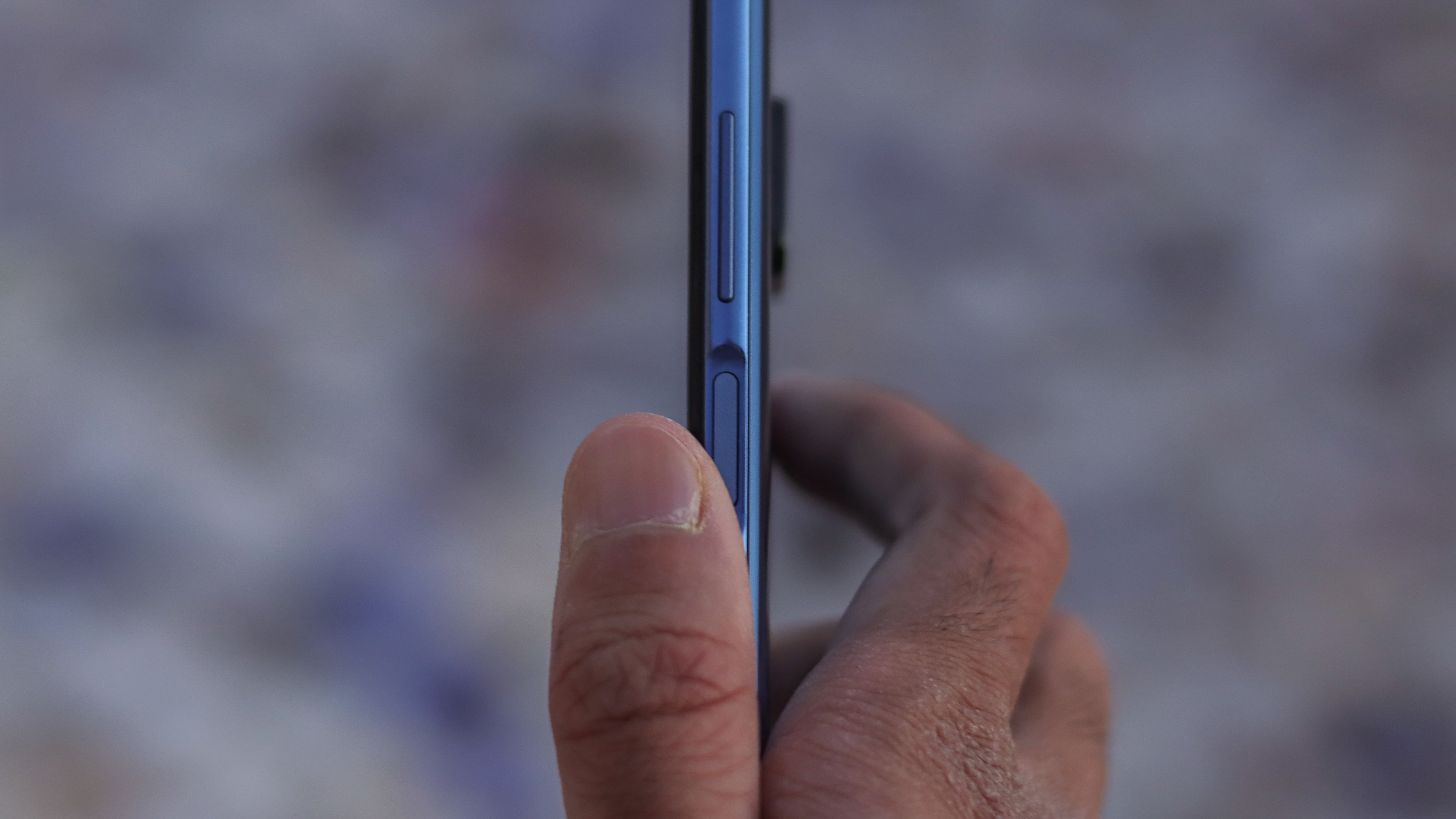
The power button on the right edge of the phone doubles as a side-mounted fingerprint scanner and is placed in a natural position. Having the power button and scanner combined means there’s a small learning curve associated with it, as there will be instances when the display will get unlocked when you want to lock it and vice versa.
Next to this power button is the volume rocker, though like we said we found it a little hard to reach due to the size of the phone. There's also a 3.5mm headphone jack on the phone, perfect for people who like their audio wired.
Display

Big displays have been a part of the Redmi Note series’ DNA from the beginning, with each generation overshadowing the last. The Redmi Note 9S is no different. Thanks to its 6.67-inch display, it’s the biggest screen ever seen on the series, and it has a tall 20:9 aspect ratio. Viewing videos or playing games on this bigger canvas is enjoyable and immersive.
It’s an LCD panel with a resolution of 2,400 x 1,080. The max brightness is just about adequate, but stronger outdoor sunlight can definitely overpower it. Because it's LCD, the blacks and contrast levels are far from perfect, and you’ll probably mistake the blacks for greys. The colors otherwise are pretty accurate, at least when viewed head-on.
We did notice occasional light bleeding and non-uniformity across the display, especially when viewing darker content, however this is not very prominent and is easy to overlook. This was predominantly towards the sides and the notch. However, this seems to be an isolated issue and not one that anyone else reported, so it could be a defect with our early model.

The Redmi Note 9S is the first in the family to move to a punch-hole camera, a feature that had previously been reserved for more expensive devices.
Without getting into the debate of which kind of a camera housing is better, we would just like to mention that it is not the smallest we have seen, and seems to be placed just a little lower than on most other devices - therefore it looks unwieldy and stretches the status bar too. But it’s easy to overlook, especially if you’re not comparing it to a high-end device.
Just like the back, the display is also covered by Gorilla Glass 5. In the month that we used the phone without a case, there was not a single scratch or ding across the front or the back, even after multiple drops and slides.
While the display isn’t terrible in any aspect, it falls behind the competition in one key way: refresh rate, as the Redmi Note 9S has the 'standard' 60Hz instead of an increased spec.
We understand that it is unreasonable to expect too much at this price, but we’re talking about a hugely competitive segment of smartphones (super-cheap phones), where one spec can tilt the outcome the other way.
Some of the Redmi Note 9S’ direct competitors - such as the Realme 6 and the Poco X2 - offer higher refresh rates at almost the same price. It’s not a necessity but it makes for a noticeably smoother-seeming interface.
Performance
Performance has never really been an issue on many affordable phones from Xiaomi, and the Redmi Note 9S is no exception. It is powered by the Snapdragon 720G chipset, and was one of the first smartphones in the world to sport it.
It marks the return of the Redmi Note series to Qualcomm’s camp after flirting with MediaTek in 2019. While the Helio G90T in the Redmi Note 8 Pro was great at gaming, it sometimes ran hot and it chugged on the battery.
On the flip side, the 8nm Snapdragon 720G strikes a beautiful balance between performance and battery life. It does fall behind in GPU-driven tasks such as gaming, but in almost every other scenario, we are looking at a champion here.
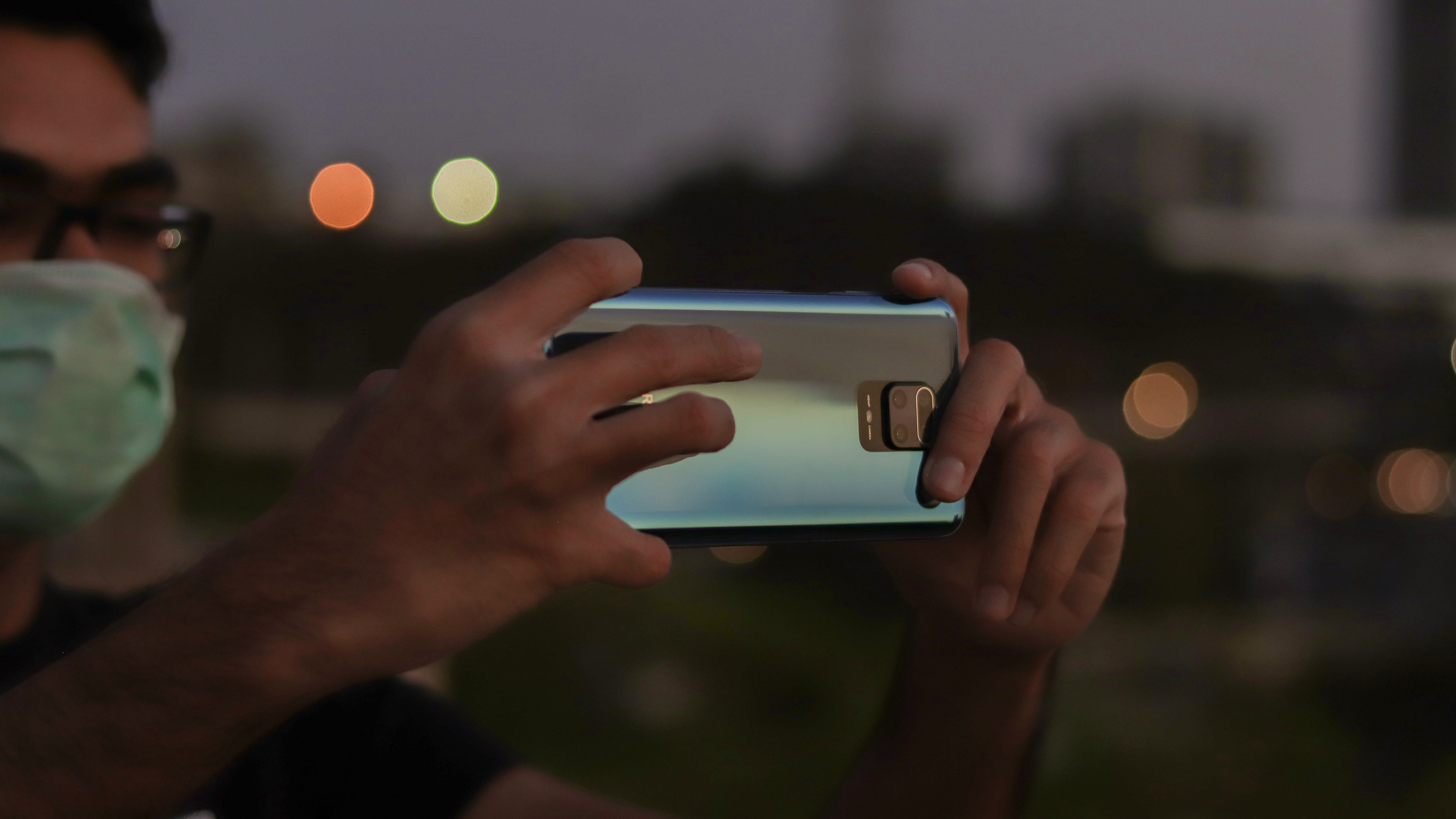
For regular use, including bouncing between apps, social media, and other tasks, the phone never failed to keep up. There were no real stutters or unusually long loading times. If anything, we’d suggest staying away from the 4GB of RAM variant, as the OS usually eats up the majority of it. On our 6GB variant, memory management was amicable. It seems well optimized for MIUI, the Android fork that Xiaomi uses on its devices, too.
Finally, let's talk about audio. The loudspeaker on the Redmi Note 9S, while clear, has very low output levels. We often found ourselves cupping our hand around the bottom, even while indoors. Thankfully, it does support audio over USB Type-C as well as the 3.5mm headphone port. Output via earphones was good.
Gaming
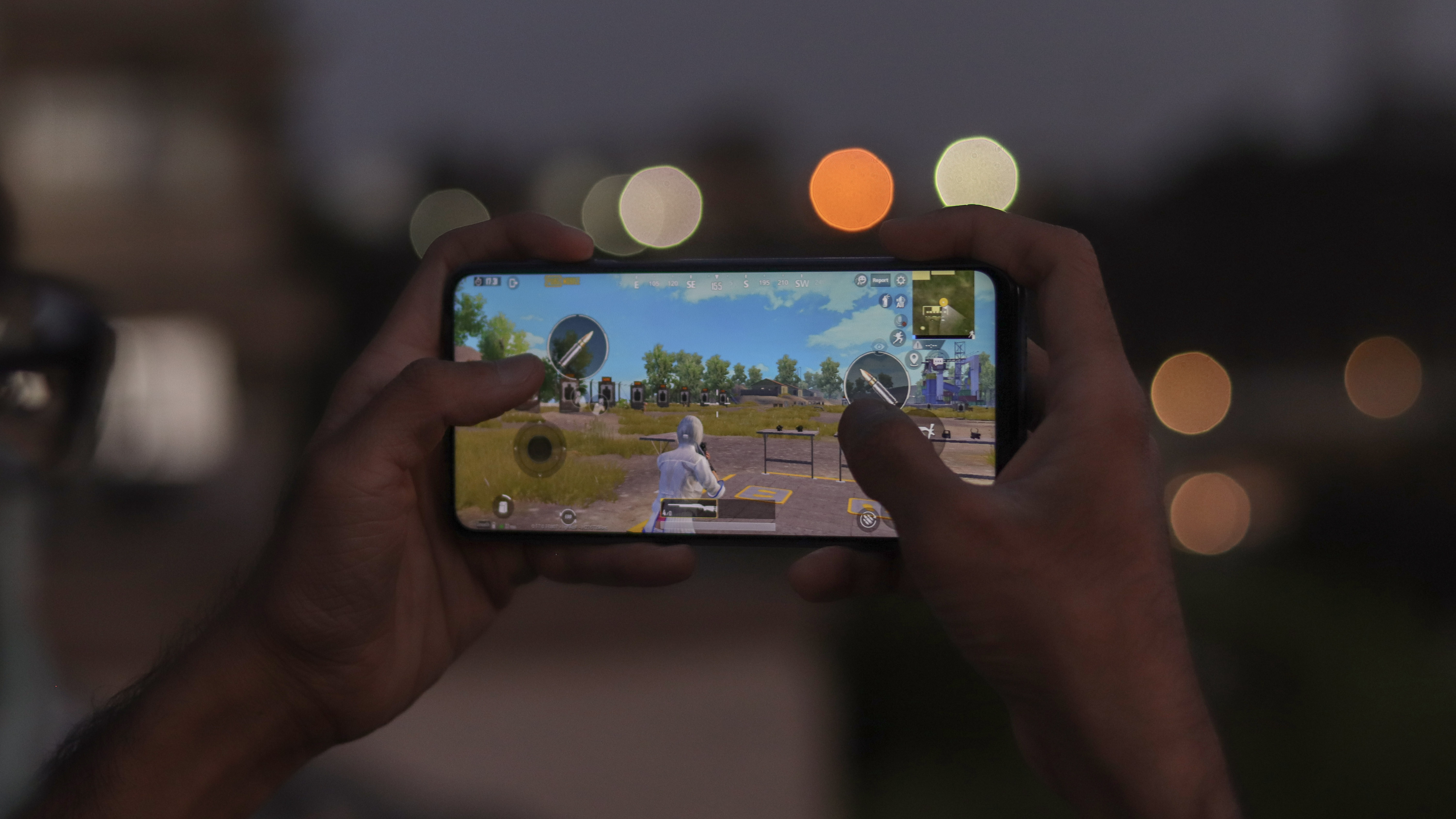
Gaming on the Redmi Note 9S was a pretty enjoyable experience, owing to the generally consistent and smooth gameplay. On heavier games such as PUBG Mobile, we were always at around 40-45 frames per second (fps).
It's worth noting that the MediaTek Helio G90T found in the Redmi Note 8 Pro was able to hit 60fps due to its beefier GPU, though. Still, unlike that chipset we faced no signs of overheating on the Note 9S.
The big display provides a great viewing experience with ample space for the controls to be moved to the side. Sadly, the single downward-firing speaker is nothing to write home about and will be muffled rather easily by your hand, depending on how you hold your phone. The headphone jack is still around to make up for that though.
Software
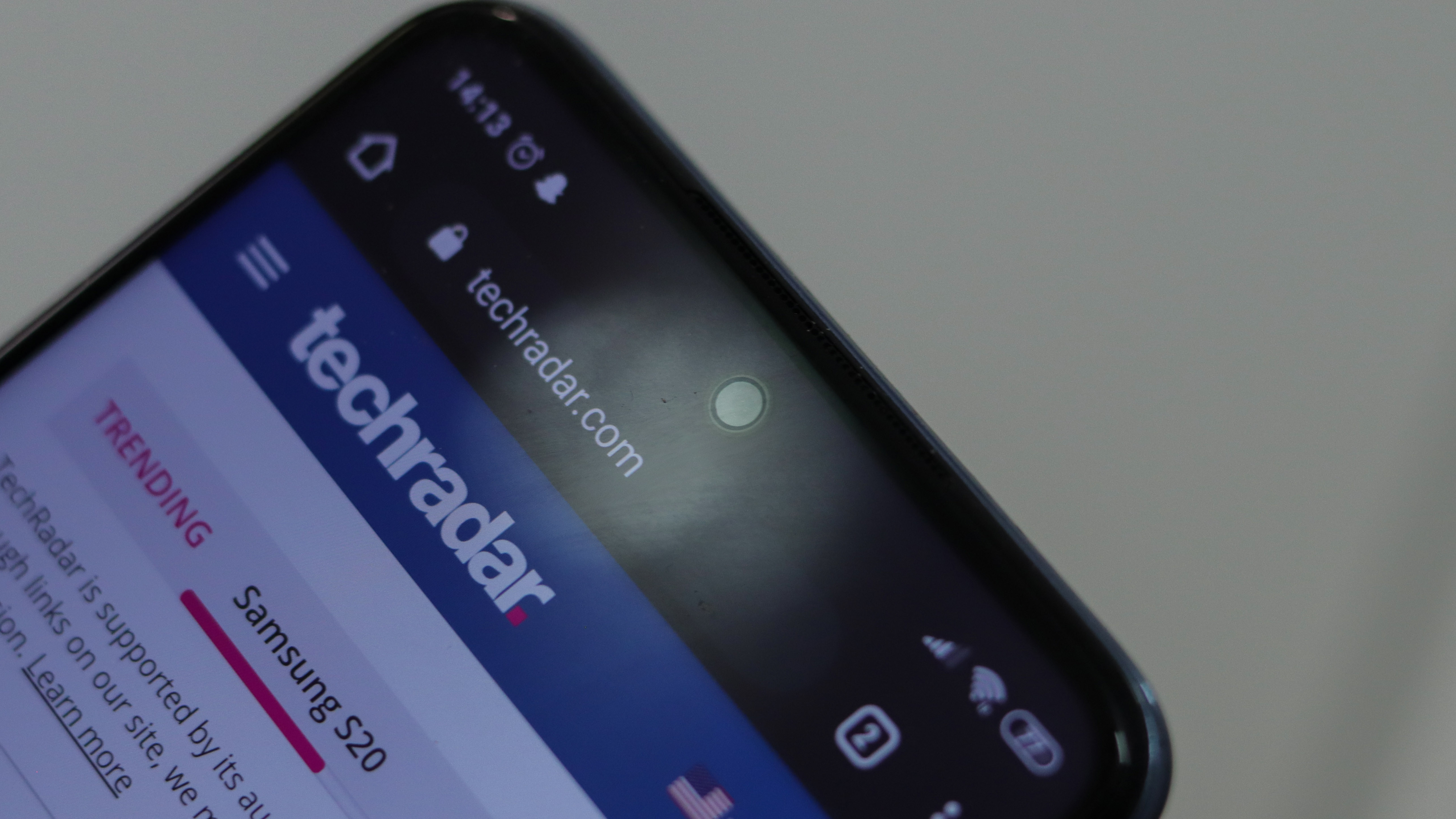
Software skins on Xiaomi phones have been a point of contention for years. Running MIUI 11 based on Android 10, the Redmi Note 9S is likely to be an entry point for many into this ecosystem. Here’s what you need to know about it: visually, it’s very far from stock Android. Functionally, it can do almost everything, if not more.
Customization options are plentiful and granular, and it includes a vast theme collection allowing you to tweak the look of the interface. There is no app drawer by default, so all your apps will spill onto the home screens, much like iOS.
A system-wide dark mode is available, but don’t expect it to blow you away as one on an OLED display might. There’s a ton of pre-installed apps, some useful, some questionable.
One of the first things we’d implore you to do is turn off notifications for all the bloatware apps. Not only are they irritating, but they also occasionally put out NSFW content. Disabling them means you only get the notifications from the apps you install - just how Android notifications should be.

Even though MIUI carries a ton of extra baggage, it never really seemed to slow down or struggle to keep up. What we did notice were loads of bugs. We were testing a pre-production unit with early software, so your mileage may vary. The following are the more prominent issues that we faced.
The camera app would often not function, throwing a “couldn’t connect to the camera” error (fixed after clearing app data). The gallery meanwhile can sometimes take a long time to load, with folders such as 'Recents' not getting refreshed at times.
Along the same lines, battery usage stats would not load even after minutes of waiting. Clicking on Twitter notifications would just open the app normally, and not to the tweet we were trying to reach.
All of these are likely to be fixed via minor tweaks or future software updates and are definitely not deal-breakers. But they were prominent enough for us to mention. We haven’t come across many other people with the same issues, so retail units might be immune to these.
Camera
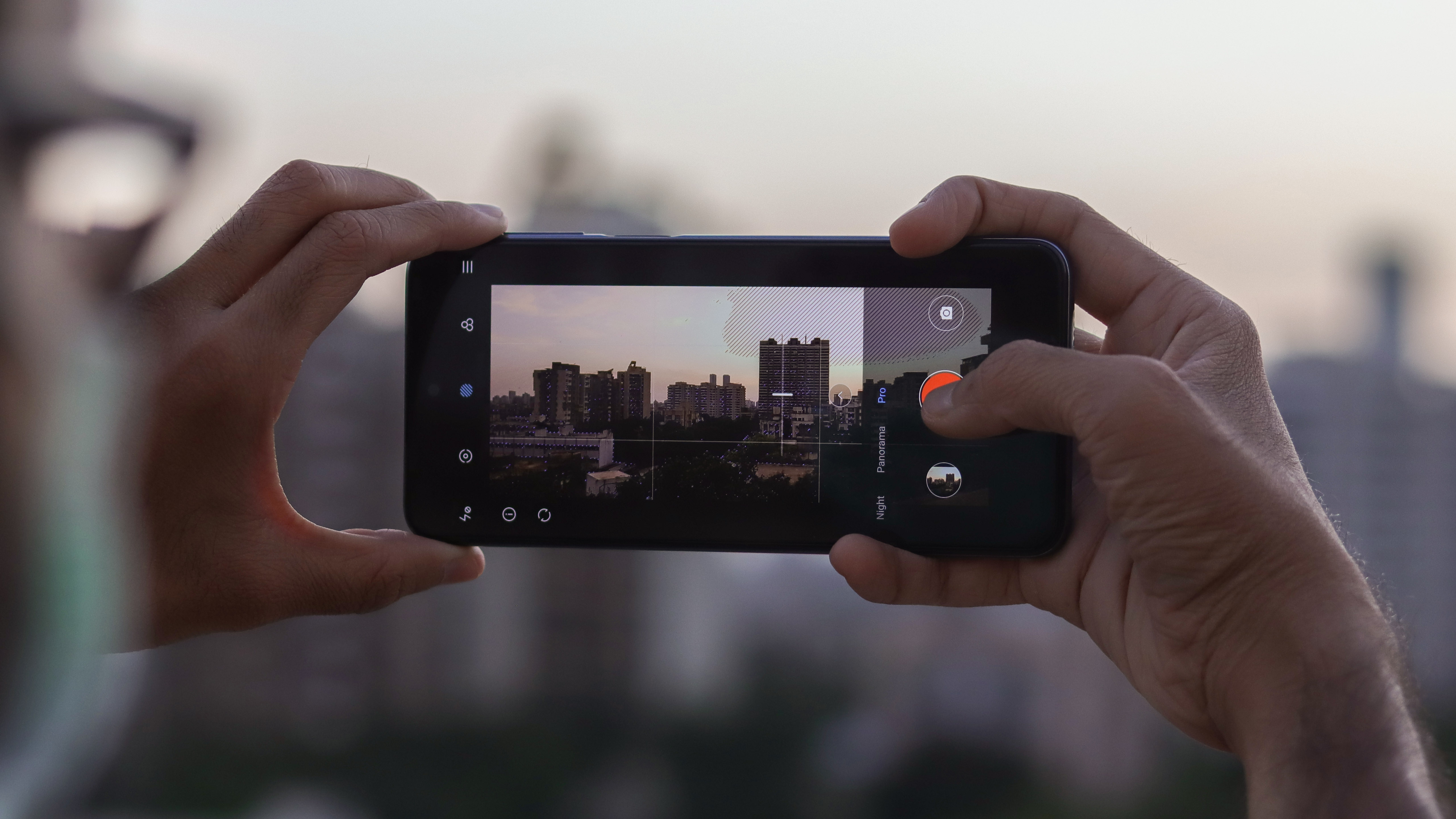
The Xiaomi Redmi Note 8 Pro was one of the first budget smartphones to sport a 64MP camera. The Note 9S, however, goes back to a 48MP image sensor, this time implementing the 1/2-inch Samsung ISOCELL Bright GM2 sensor, at an f/1.8 aperture.
An 8MP ultra-wide sensor follows, with a 13mm equivalent field-of-view, and an f/2.2 lens. A 5MP macro shooter and 2MP depth sensor bring the tally up to four cameras.
It's worth pointing out that the Indian-region Xiaomi Redmi Note 9 Pro, and the Note 9S, have this 48MP main snapper, but the Redmi Note 9 Pro released in some other regions doesn't. Instead, it has a 64MP main camera, but we didn't test this version.

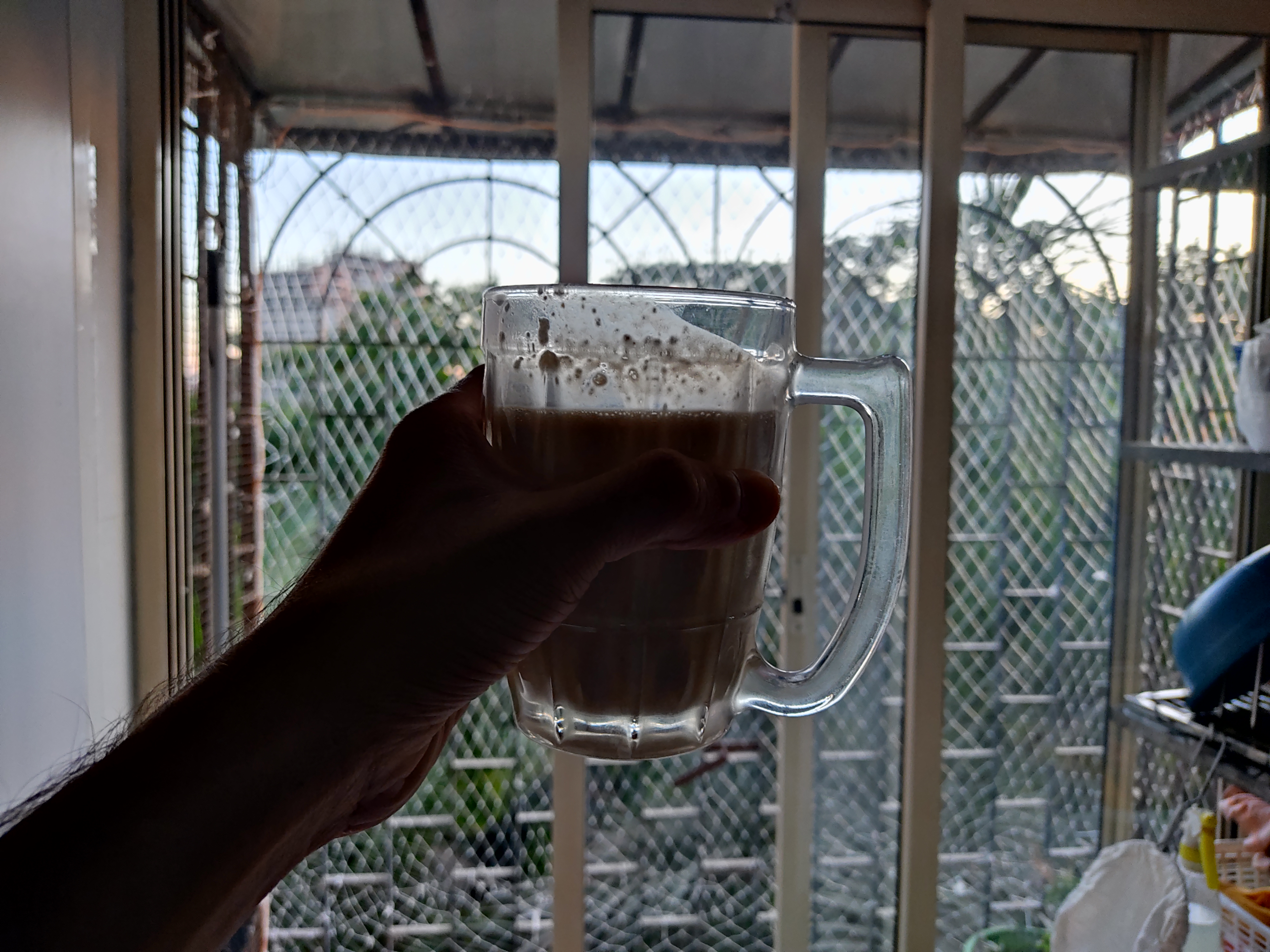

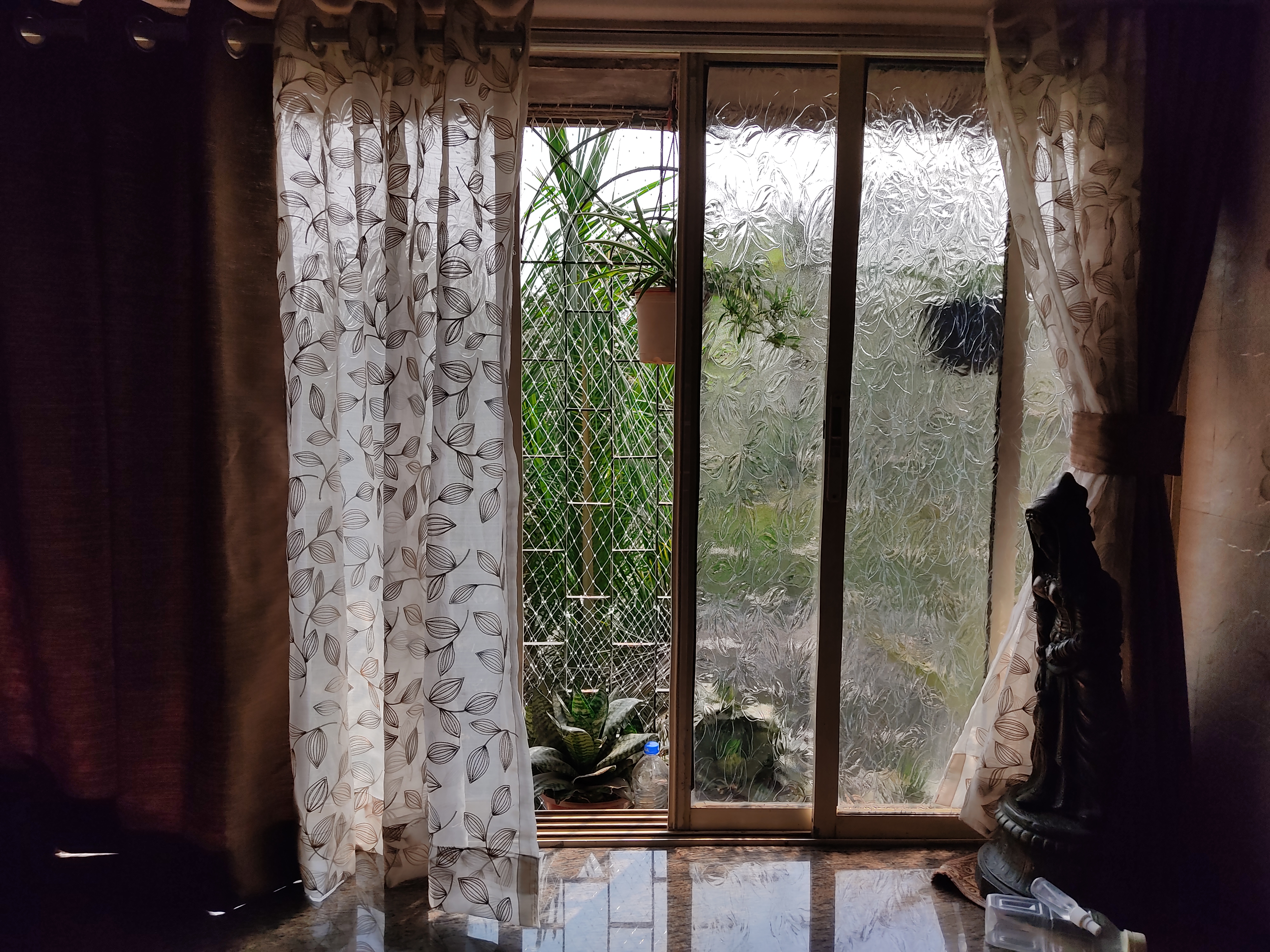


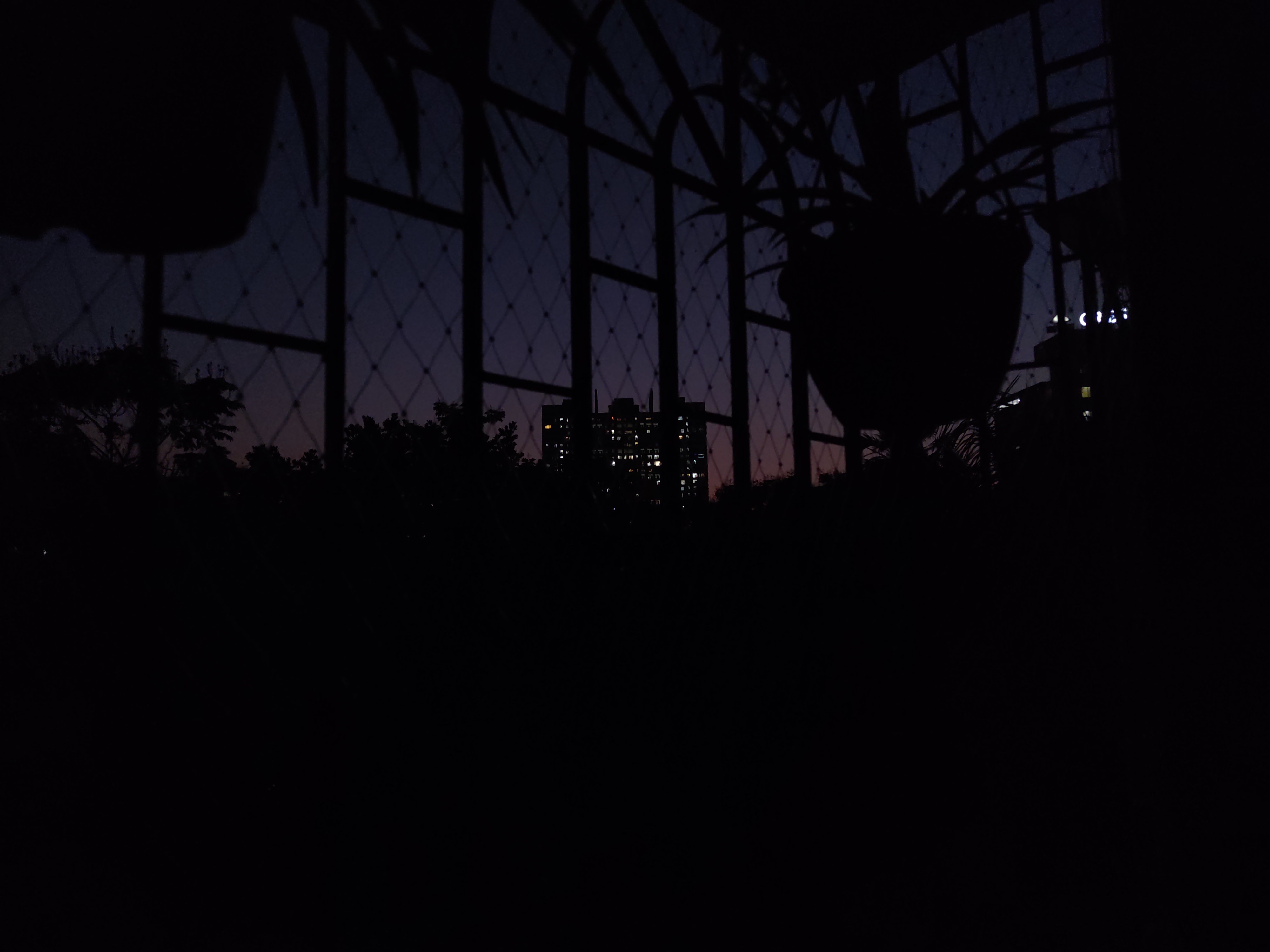
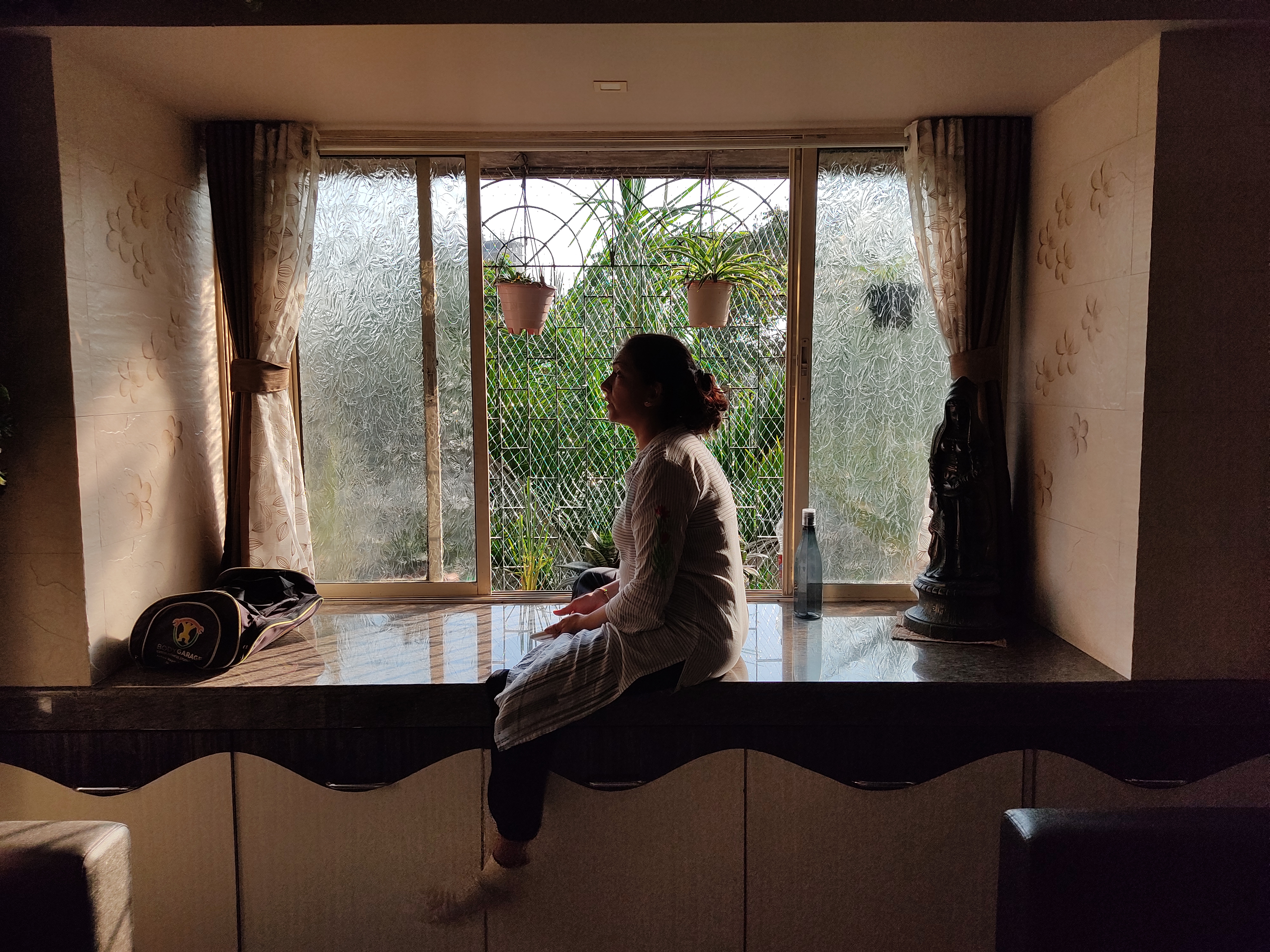


Primary camera results were better than we expected, with accurate colors, temperature, and decent dynamic range. However, they break down fast when you try cropping in, even at the 48MP resolution. Noise was apparent in many shots, and the night mode did little to improve that.

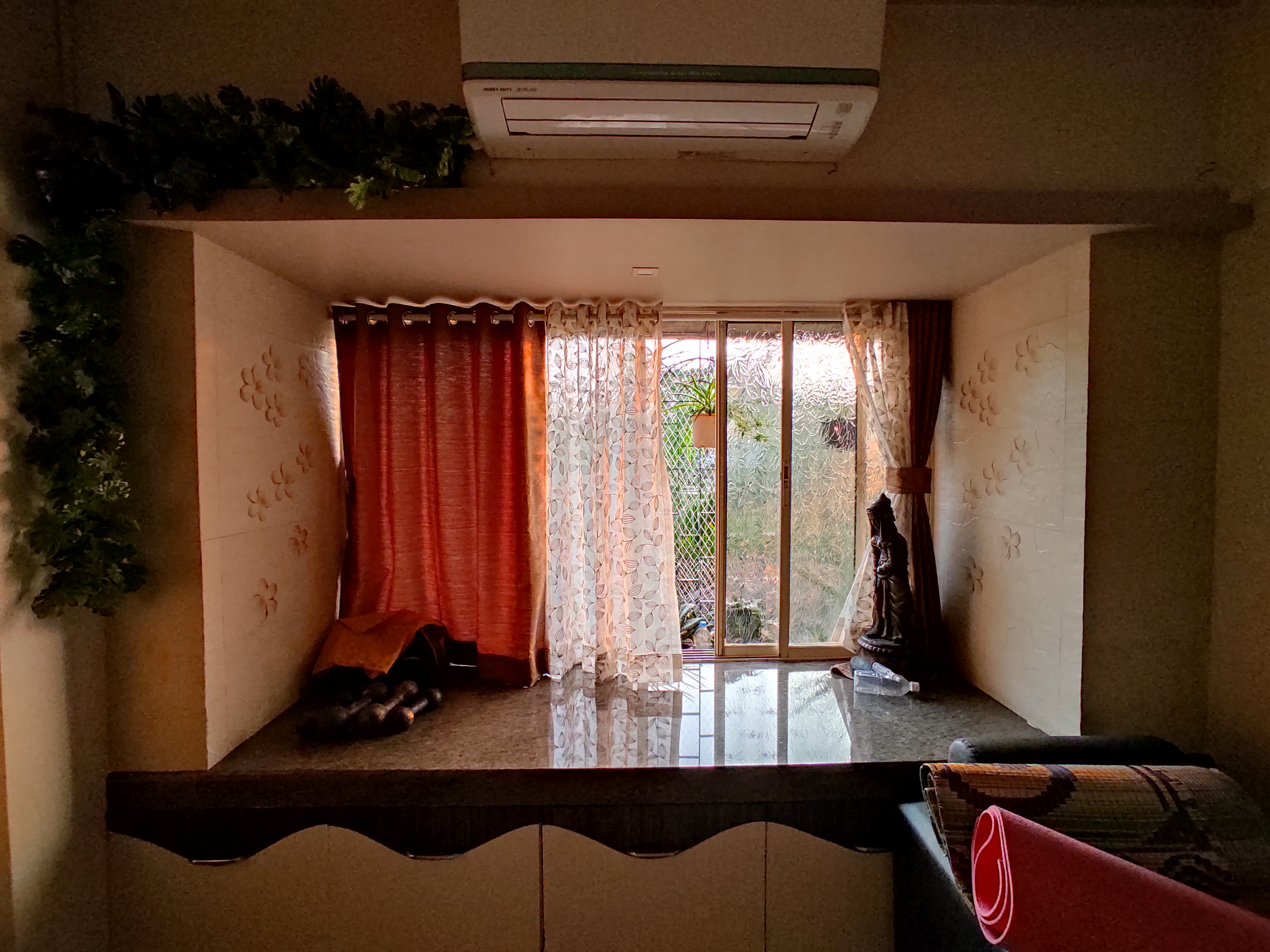
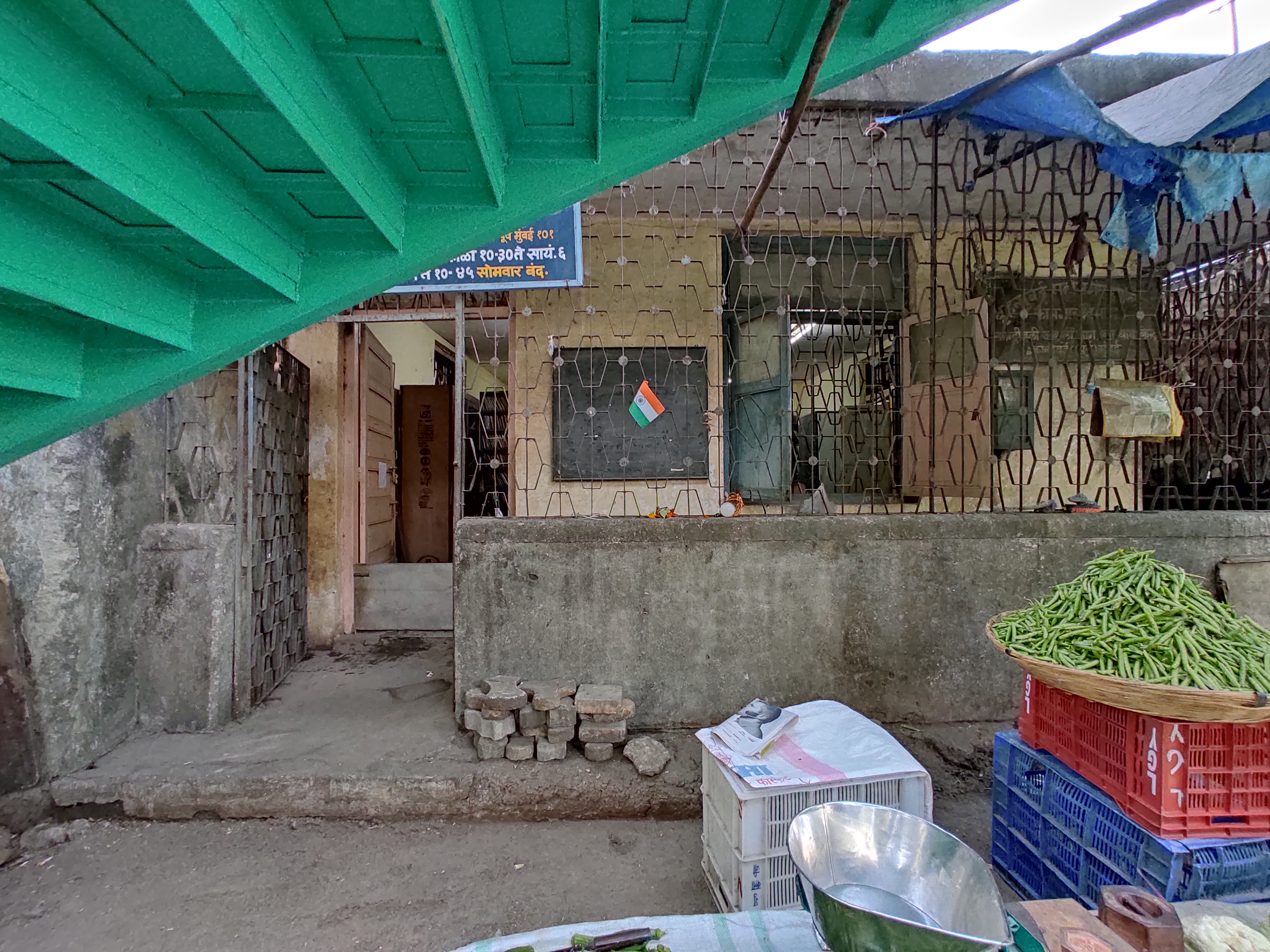
The ultra-wide shooter is also decent but faces the usual dynamic range and detail limitations. Matters got even worse in lower light.
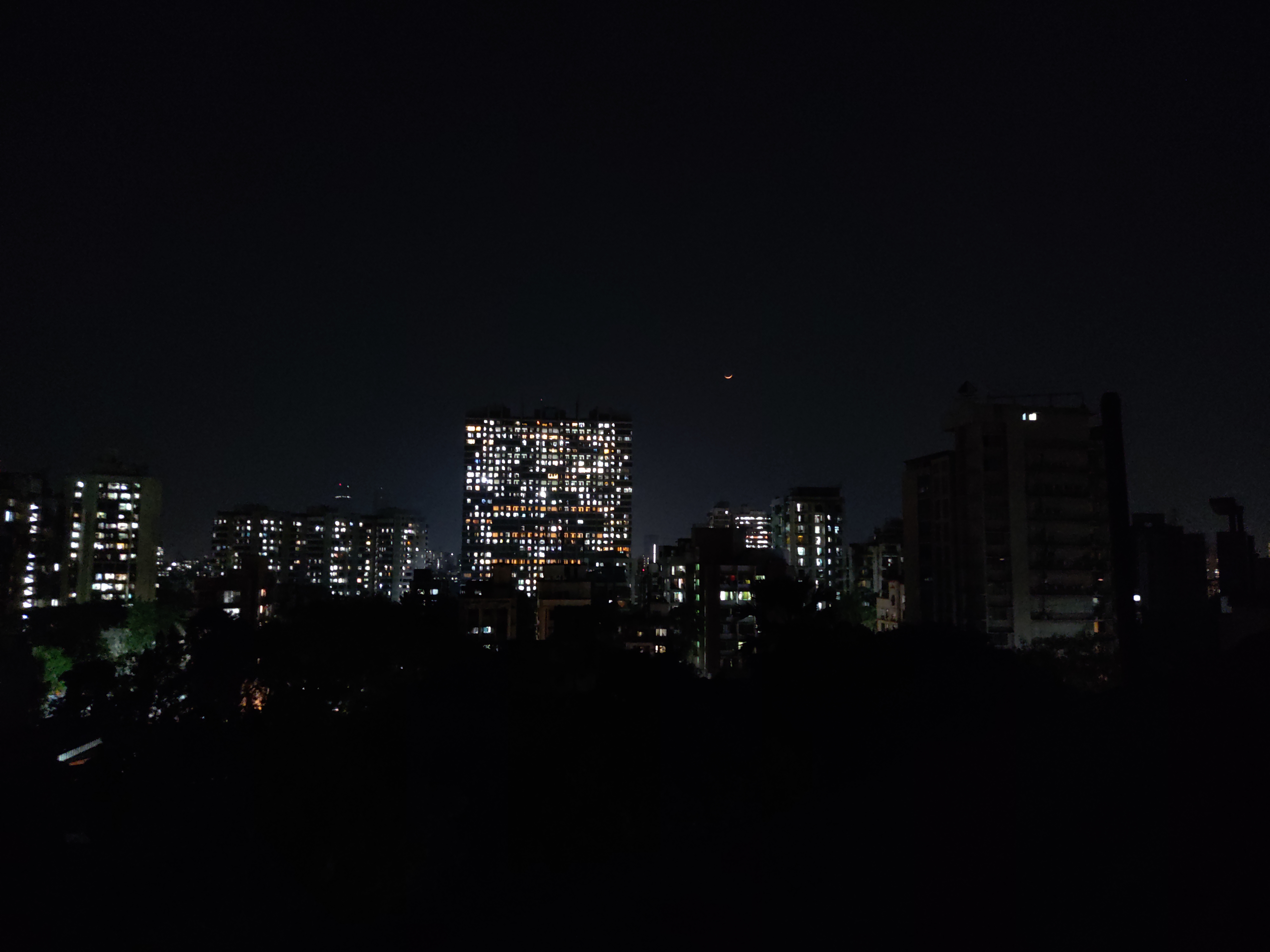
However, the Redmi Note 9S has one of our favorite manual modes on any current smartphone. Not only are the usual toggles present, but those can be used for the secondary and macro camera as well. All of them carry forward to videos too.
High-end features such as focus peaking and exposure warning are great additions as well.
Battery life
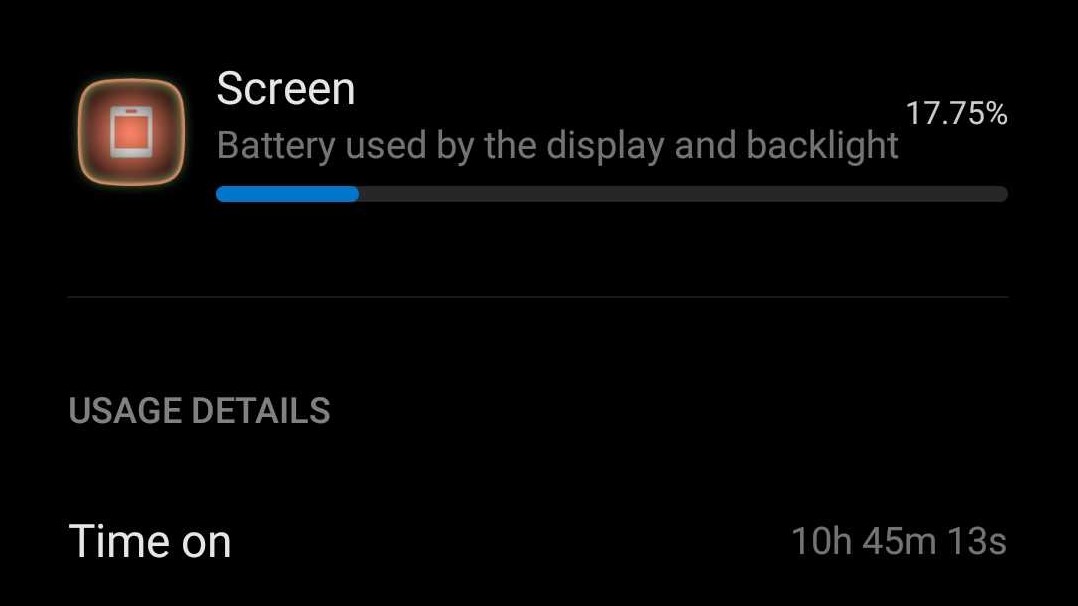
Long and reliable battery life has always been a feature of the Redmi Note series. The Note 9S takes it to the next level, with a massive 5,020mAh battery. Paired with MIUI 11’s frugal nature and the 8nm processor, it now claims the title for the best battery life we’ve seen on a smartphone recently.
On almost every day of using the device as our primary driver, we would end days with over 30% juice left. The screen-on time was usually over the 10 hours mark, which very few phones have been able to offer consistently.
Even adding an hour or two of heavy gaming barely changed that. Just for the battery life alone, we would pick the Redmi Note 9S over many other phones.
It also made us forgive how slow the charging is. The included 18W Type-C charger takes close to 2.5 hours to go from empty to full. Understandable considering the size of the battery.
Verdict

The 'cheap phone' segment is a competitive one, with Redmi, Realme, Motorola, Nokia and more often surprising us. In a competition, the Redmi Note 9S holds its own in aspects such as battery life, performance, reliability, and build. If it had a higher refresh rate display, it would be the easiest phone to recommend.
But that omission brings us to the fact that the Redmi Note 9S seems like one of the most conservative Redmi Note phones in a while. There’s no next generation high-resolution cameras, 90 or 120Hz display, no crazy fast charging or eye-catching approaches to design. Mind you, none of those are deal-breakers, and the Note 9S is a killer deal for the price.
It’s almost like Redmi has found its footing and knows what needs to be prioritized to offer an alluring phone. It translates into an equally enjoyable and balanced experience, but the lead against its competitors is quickly closing. Xiaomi is really going to need to refine the experience for the Note 10 series to keep its crown.
First reviewed: July 2020
from TechRadar: Technology reviews https://ift.tt/323gP4K
No comments:
Post a Comment